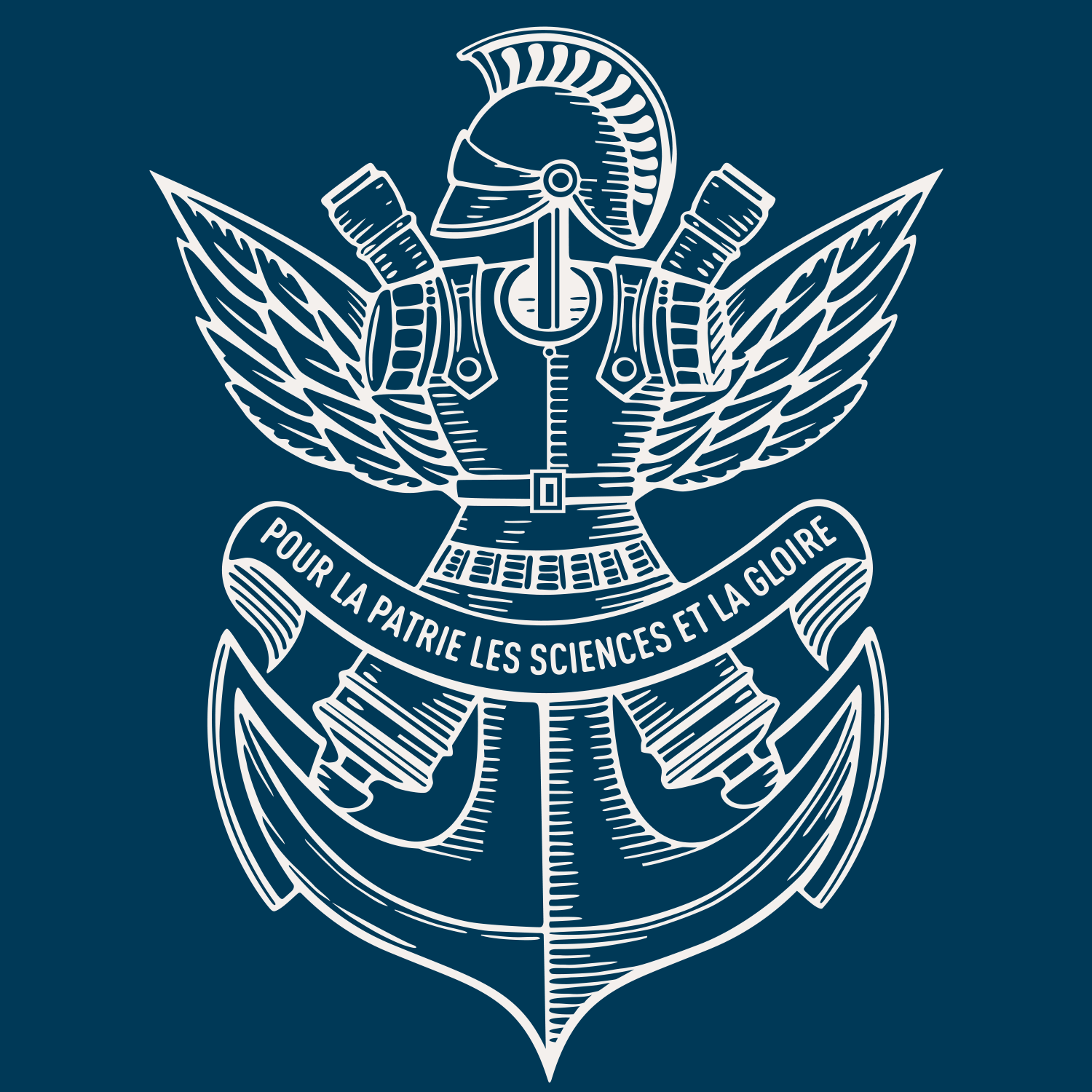Generation of colour centres in yttria-stabilized zirconia by heavy ion irradiations in the GeV range
Résumé
We have studied the colour centre production in yttria-stabilized zirconia by heavy ion irradiation in the GeV range using on-line UV-visible optical absorption spectroscopy. Experiments were performed with 11.4 MeV amu−1 Xe, Au, Pb and U ion irradiations at 8 K or room temperature. A broad and asymmetrical absorption band peaked at a wavelength about 500 nm is recorded regardless of the irradiation parameters, in agreement with previous RT irradiations with heavy ions in the 100 MeV range. This band is de-convoluted into two broad Gaussian-shaped bands centred at photon energies about 2.4 and 3.1 eV that are respectively associated with the F+-type centres and T centres observed by EPR spectroscopy. In the case of 8 K Au ion irradiation at low fluences, six bands are used. The three bands near 2.0-2.5 eV can be assigned to oxygen divacancies. No significant effect of the irradiation temperature is found on the widths of all absorption bands for the same ion and fluence. This is attributed to the inhomogeneous broadening arising from the static disorder due to the native charge-compensating oxygen vacancies. However, the colour centre production yield is strongly enhanced at 8 K with respect to RT. When heating irradiated samples from 8 K to RT, the extra colour centres produced at low temperature do not recover completely to the level of RT irradiation.

